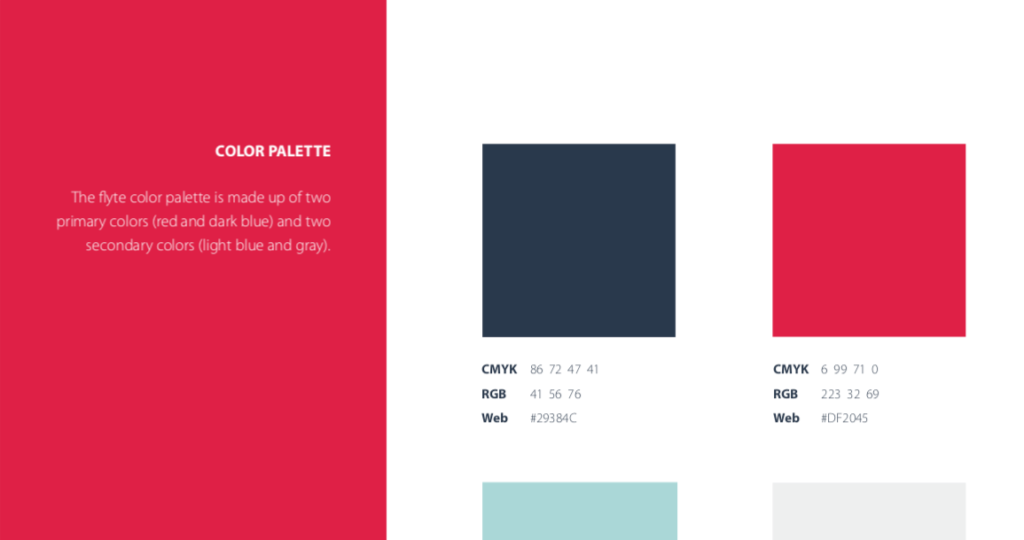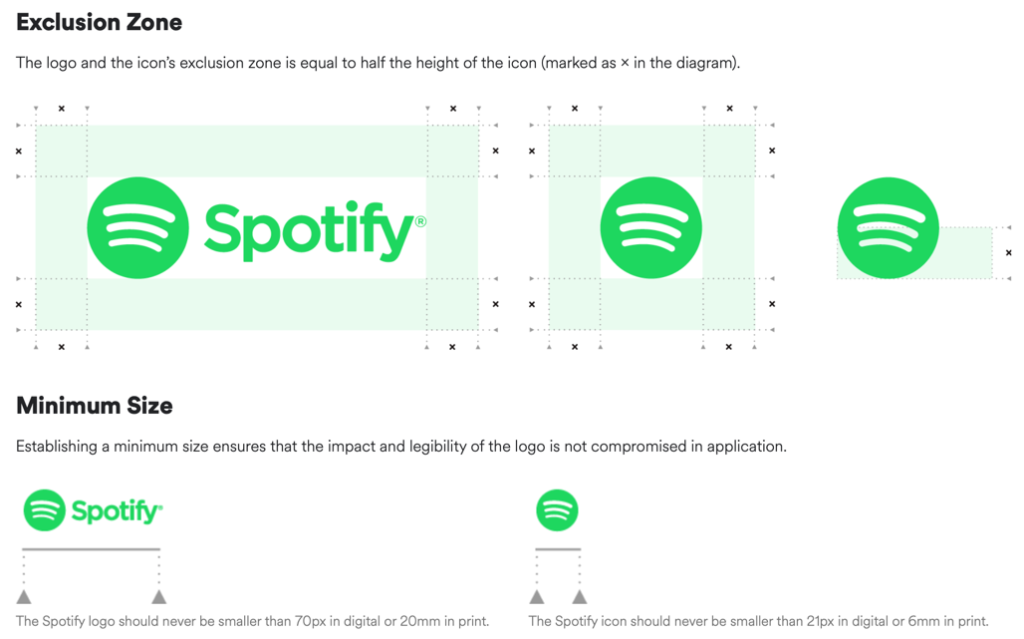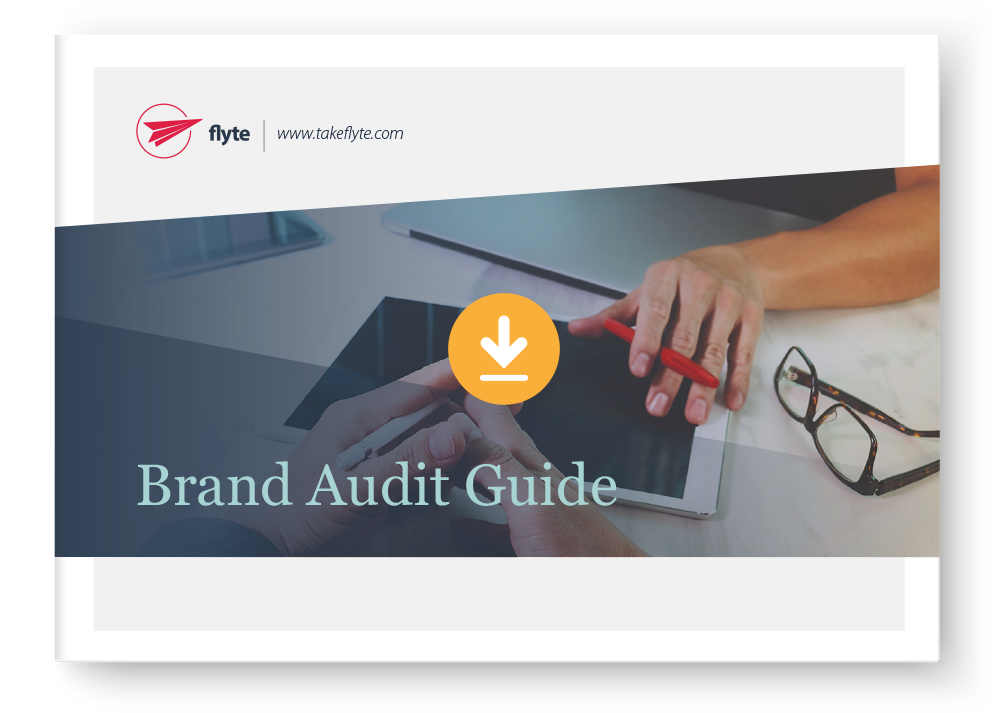Does branding really make a difference to your business and your bottom line?
Branding is not the first thing on the minds of many business owners and entrepreneurs. It often falls into the category of “nice to have,” but doesn’t seem as mission critical as writing proposals, closing deals, or shipping product.
Which is unfortunate, because customers often make buying decisions based on branding, whether they’re aware of it or not.
Now, maybe you think branding is something only giant corporations do. That it might make a difference when you’re a national or global company, but it won’t get someone to choose one plumber over another, or drive past one pizza joint to get to a different one farther down the road.
But this isn’t the case.
We all know that local business whose jingle or slogan is lodged in our brain, just waiting for the moment when there’s a leak in our roof or we need a windshield replaced.
Or that propane truck with the great logo and vibrant colors that we always notice as it stops in front of our neighbor’s house.

Or why we grab milk from a regional dairy company over the national or store brand, even if it is a little more expensive.
Your brand will impact your bottom line, whether for good or ill. By developing a strong brand and presenting it consistently online and off, you can turn prospects into customers and customers into raving fans.
In this article, we’ll define important branding terms, explain why they are critical to your company, and the steps you can take to create a memorable brand that will help grow your business.

What is branding? What is the definition of a brand?
Brand is one of those terms that gets thrown around a lot, with no clear, singular definition. Heidi Cohen collected 30 Branding Definitions back in 2011, and undoubtedly the list has grown since then.
- On one end of the spectrum, the American Marketing Association defines brand (very narrowly) as “a name, term, symbol, or any other feature that identifies one seller’s good or service as distinct from those of other sellers.”
- On the other end, Entrepreneur defines brand (very broadly) as “your promise to your customer….Your brand is derived from who you are, who you want to be, and who people perceive you to be.”
According to Wikipedia–which should never be the last word in online research, but bare with me here–the idea of a brand and branding has evolved:
In the modern era, the concept of branding has expanded…aiming to create a lasting impression in the minds of customers.
When I asked flyte’s Creative Director, Ryan Goan, about branding, he said “a brand is very similar to a person’s reputation. A person’s reputation is the sum of their words and actions. A brand is the same thing for a company.”
While “brand” and “branding” are often used interchangeably, your brand (or brand image) is how people perceive your company while branding is the actions you take to build that image.
I believe it’s these more modern definitions of brand and branding that are most relevant for your company and your bottom line. Now it’s time to develop a brand identity.

What is a Brand Identity?
Now that we have definitions for brand and branding, how does that differ from brand identity? Well, a brand identity is the collection of brand elements that represent your company. These elements might include:
- Company name
- Logo
- Tagline
- Color palette
- Typography
It’s through these elements that people will recognize your brand, online and off. The more consistent you are with your brand elements, the more recognizable your brand will become in the eyes of your clients, customers, and prospects.
So, how can you ensure that you–and all the members of your team–are being consistent with your brand identity? It starts with a style guide.

What is a style guide and how do you create one?
A style guide defines the standards for the visuals, copy, and formatting for everything related to your brand.
When creating your style guide, you should start with your mission and value statements. This provides you with a “north star” of sorts, with the other elements supporting or deriving from these statements.
Your style guide may include the following:
- Logo variations and how they should (and should not) be used
- Rules on how to use the logo and color across different channels
- Typography choices
- Tone and voice recommendations
- Editorial standards, including specific phrases to use or to avoid

Obviously, if you’re a solopreneur, your style guide doesn’t need to go into quite as much detail as a global corporation with different divisions working around the world. Still, if you’re working with outside vendors, such as a web design company, copywriter, or photographer, it’s beneficial to provide them a copy of your style guide to make sure your website design, copy, and photography represent your brand.
In other words, you’re never too new or too small to have a style guide.
If you don’t have a style guide, there are plenty of templates you can download from the web to get started.
But if you’ve never gone through this process before, or you don’t have the time, experience, or bandwidth to do it in-house, it might make sense to bring in some outside help to assess your current branding and improve on it.
How do you assess your current branding?
 Once you realize how important your brand is to your success, you may want to figure out how to identify and improve it.
Once you realize how important your brand is to your success, you may want to figure out how to identify and improve it.
Let me be clear: you already have a brand, even if you’ve never done any purposeful branding. This just means that you have a brand by accident, which is likely not the way you want people thinking about your company.
Since your brand is how people see you, not necessarily the way you see yourself, it’s important to get feedback from others. Survey the people who interact with your brand including customers, vendors, employees, and even people who aren’t doing business with your company, to understand how these groups see and feel about your brand.
Some questions you might ask, depending on who you’re surveying, include:
- In one to two sentences, what does our company do or provide?
- What are some words you would use to describe our brand?
- Who do we help? Who is our ideal customer?
- Who are our competitors, and how would you describe them?
- What sets us apart?
- What colors do you think of when you think of our company? Our industry?
Whether you’re doing this on your own or working with a branding expert, at the end of the exercise you should have a good sense of how people see your brand, and whether you need to make changes in your tone, visuals, or messaging.
Once you get clarity around where you are and where you want to go, it’s important that you are consistent with your branding.

Why does brand consistency matter?
There are two ways to answer this, and they run parallel to each other.
The first thing to consider is that most of the time, your customers and prospects are not thinking about you, your company, or your brand.
The truth hurts, doesn’t it? ?
You’ve likely heard the stat that most people don’t recognize or register an ad until they’ve seen it 7 – 9 times. This is because we’re all busy in our own little worlds. And if each time they see your ad it looks or sounds different than the time before, it’s even less likely it will register.
By consistently displaying your logo, company name, tagline, photography, and so on, you can become more recognizable and memorable in your prospect’s mind, increasing the chances they’ll think of you when they need your product or service.
In other words, the consistency of your brand identity is critical to your chances of getting the business.
This is especially true when you’re leading someone from an online ad or social post and delivering them to a landing or squeeze page. If your branding is inconsistent, it breaks the trust you’re trying to build in your prospect’s mind, causing her to click back rather than move forward. This can be a costly mistake.
However, a consistent look and tone will only get you so far. You may get remembered, but if your reputation is that your product quality varies, your response time is inconsistent, or people don’t know if you sell haute cuisine or comfort food, they won’t give you their business.
That’s why your brand identity should start with your mission and vision statements. With your core values. With your North Star. Your logo, tagline, even company name, are just set decoration. They may represent you in the eye (or ear) of the prospect, but you need to breathe life into them by walking the walk.

Show the Apple logo to someone who has never heard of the company and it won’t mean anything, won’t trigger any emotions, and it won’t get them to spend one dime more on a computer, smartphone, or watch.
But when you show that logo to someone who does know the brand, and sees themself as a creative, a forward-thinker, and a person who appreciates good design, they won’t be able to get their iPhone out of their pocket quick enough to use Apple Pay (or their new Apple Card) and opt for the two-year Apple Care to protect it.
That’s because Apple’s brand has always been about creativity and design. It hasn’t been about being the cheapest, the fastest, or even the most powerful. After years of consistent branding and advertising, people know what to expect from Apple, and their logo triggers those feelings.
If Apple started promoting a $50 iPhone or a $25 Apple Watch, it would be incongruous with everything that came before, and we wouldn’t know what to make of it.
Whether your brand identity is about fun or prestige, design or price, people need to believe that you will continually deliver on your brand promise.

How do you stay consistent with your brand, online and off?
Once you have a style guide, it’s easier to keep both your internal team and external team on the same page when it comes to tone, imagery, and messaging.
Obviously, the channels, platforms, and specs may change. Images on Facebook and LinkedIn tend to be horizontal, while Pinterest prefers vertical, and Instagram is square.
On some platforms your profile image is square while on others it’s round.
And a podcast interview isn’t a tweet, and a webinar isn’t a business card. But when you have a style guide that represents your mission and vision statements, you can still stay consistent.
In short, online or off, it’s a one-two punch:
- the design and tone of your brand to anchor your company in your customers’ minds, and
- the consistent core values that makes your company who you are.
No amount of great branding can save a troubled company, but poor branding can sink an otherwise shipshape company.
What to do next for your branding?
If you haven’t yet, it’s time to assess your own brand. You can download our free Brand Assessment Guide to share with your employees, clients, and contacts to get you started.
If you’d like some outside help, our Creative Director can meet with you to discuss your needs and the scope of your project.
Enter your details to download our Brand Audit Guide
Happy branding!
